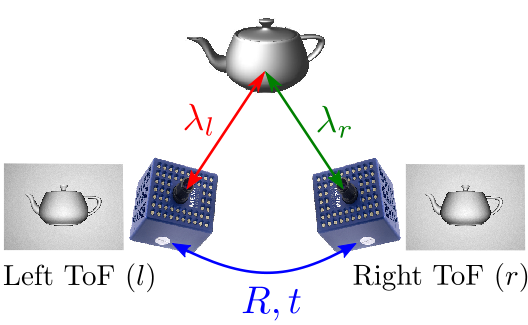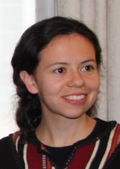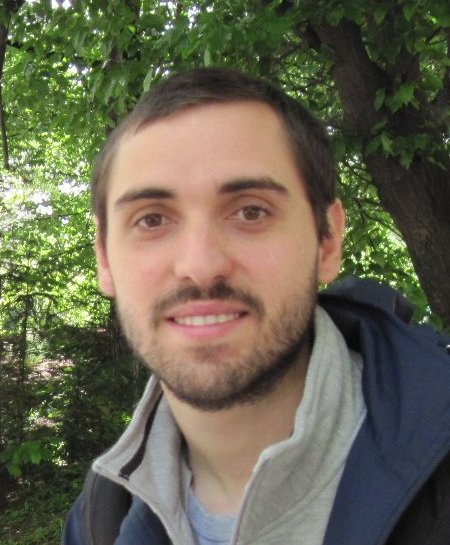Stereo Time-of-FlightContact Person(s): Victor Castaneda,Diana Mateus |
Abstract
This paper describes a novel method to acquire depth images based on combining a pair of ToF? (Time of Flight) cameras. As opposed to approaches that register point clouds posterior to the image acquisition, we propose to combine the measurements of the two cameras at the acquisition level. To do so, we actively control the infrared lighting of the scene such that the two cameras emit and measure the reflected infrared light first one after the other, and then simultaneously. Assuming the scene is static during these three stages and gathering the obtained depth measurements in each state, we derive a set of constraints that allow us to optimize the two depth images. In terms of hardware requirements, the cameras need to have access to the control of the infrared lights and should work with the same infrared wavelength and with exactly the same modulation frequency. A quantitative evaluation of the performance of the proposed method for different objects and setups is provided based on a simulation of the ToF? cameras. Results on real images are also provided. In both simulation and real images the stereo-ToF acquisition is able to produce more accurate depth measurements.Pictures
|
|
|
Videos
| Video shows how the system works and include results examples |
Team
Contact Person(s)
|
|
Working Group
|
|
|
Location
| Technische Universität München Institut für Informatik / I16 Boltzmannstr. 3 85748 Garching bei München Tel.: +49 89 289-17058 Fax: +49 89 289-17059 |
internal project page
Please contact Victor Castaneda,Diana Mateus for available student projects within this research project.
Publications
| 2014 | |
| V. Castaneda, D. Mateus, N. Navab
Stereo Time-of-Flight with Constructive Interference IEEE Transactions on Pattern Analysis and Machine Inteligence (TPAMI) Volume 36, number 7, pages 1402-1423, 2014. (bib) |
|
| 2011 | |
| V. Castaneda, D. Mateus, N. Navab
Stereo Time-of-Flight IEEE International Conference on Computer Vision (ICCV), Barcelona, Spain, November 2011. (bib) |
|






